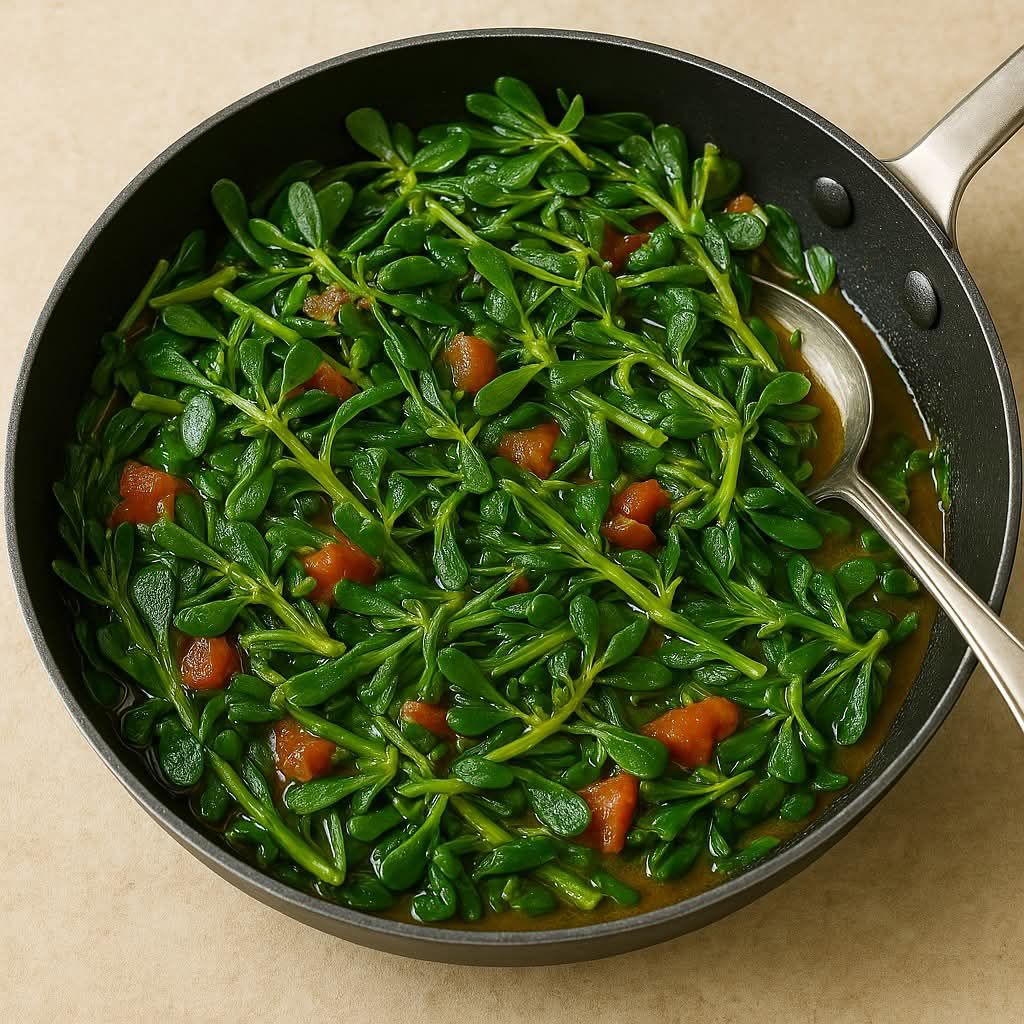ADVERTISEMENT
Purslane: Tastier Than Meat – How I Learned to Cook This “Weed” from My Turkish Neighbors
When you think of a weed, you probably don’t think of something delicious. Most weeds are just nuisances to garden lovers, popping up where they’re not wanted. But what if I told you that one particular “weed” is so tasty that it has earned a place in kitchens across the world, even considered more flavorful than meat in some cultures? Enter purslane, an edible green that’s been a staple in many cuisines for centuries, and something I was introduced to by my lovely neighbors from Turkey.
After tasting it for the first time, I was amazed by its bright, tangy flavor and the unique texture that made it stand out from any leafy green I’d tried before. It was a complete game-changer for me, and now, I can’t stop cooking with it! Let me share with you why purslane deserves a spot in your kitchen, and how to cook it like a pro.
What is Purslane?
Purslane (also known as Portulaca oleracea) is a succulent plant with thick, fleshy leaves and a slightly sour taste. It’s often considered a weed in many parts of the world, growing freely in gardens, fields, and sidewalks. However, in many countries, especially in the Mediterranean and the Middle East, purslane has been a prized culinary herb for thousands of years.
What’s even more exciting about purslane is its nutritional profile. It’s packed with antioxidants, vitamins (like vitamin C, E, and A), and healthy omega-3 fatty acids, which are typically found in fish. It’s a nutritional powerhouse, and its refreshing taste makes it a perfect addition to salads, stews, or even cooked as a side dish.
Why Purslane is Tastier Than Meat
As a self-proclaimed food enthusiast, I was initially skeptical when my Turkish neighbors suggested that purslane could taste better than meat. But once I tasted it, I was hooked. The first bite was refreshing, with a slight tanginess, a crunchy texture from the stems, and a mild, almost citrus-like flavor that was unlike anything I had ever experienced in leafy greens. When sautéed or added to dishes, it becomes tender, almost silky, with a rich, earthy flavor that complements many savory meals.
In Turkish cuisine, purslane is often paired with lamb or chicken, and it balances out the richness of meats with its acidity. In fact, its ability to cut through the fattiness of meat is one of the reasons it’s revered in so many Mediterranean and Middle Eastern dishes. It’s like a natural condiment, adding freshness and brightness to any meal.
How to Cook Purslane: A Simple Turkish Recipe
Once I discovered how delicious purslane was, my Turkish neighbors were kind enough to show me how to cook it. Here’s a simple and delightful way to prepare it, just like they do back in Turkey.
Ingredients:
- 2 cups fresh purslane leaves (washed and roughly chopped)
- 1 medium onion, sliced thinly
- 2 tablespoons olive oil
- 1 garlic clove, minced
- 1 large tomato, diced
- 1 teaspoon paprika (optional)
- 1/2 teaspoon red pepper flakes (optional)
- Salt and pepper to taste
- 1/2 cup water or vegetable broth (for a richer flavor)
- Lemon juice, for serving (optional)
For Complete Cooking STEPS Please Head On Over To Next Page Or Open button (>) and don’t forget to SHARE with your Facebook friends
ADVERTISEMENT
ADVERTISEMENT
